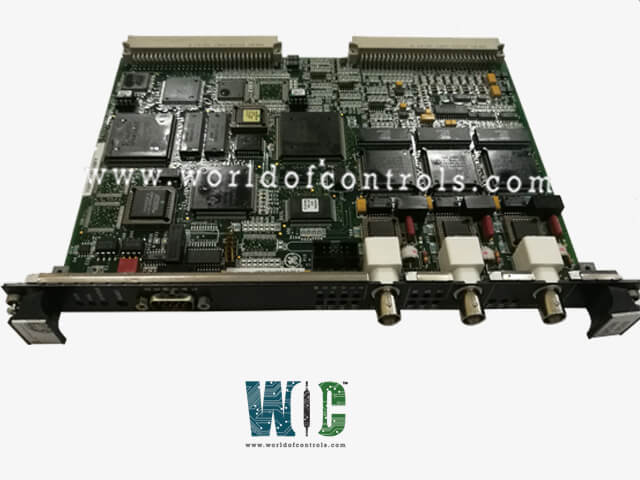
World Of Controls understands the criticality of your requirement and works towards reducing the lead time as much as possible.
IS215VCMIH2BC - Bus Master Controller Board is available in stock which ships the same day.
IS215VCMIH2BC - Bus Master Controller Board comes in UNUSED as well as REBUILT condition.
To avail our best deals for IS215VCMIH2BC - Bus Master Controller Board, contact us and we will get back to you within 24 hours.
Part No.: IS215VCMIH2BC
Manufacturer: General Electric
Country of Manufacture: United States of America (USA)
Board Type: 6U high VME board
Size: 0.787 inch wide
Processor: TMS320C32
Dual-port memory: 32 Kbytes
SRAM: 64k x 32
Temperature: 0 to 60 oC
Product Type: Bus Master Controller Board
Availability: In Stock
Series: Mark VI
IS215VCMIH2BC is a Bus Master Controller Board developed by GE. It is a part of Mark VI control system. VCMI serves as a communication link within the control system architecture, facilitating seamless interaction between the controller, I/O boards, and the system control network, referred to as IONet. Acting as both a communication interface and a VME bus master, the VCMI assumes central control over data exchange and management within the control and I/O racks.
The VCMI (VME Control Module Interface) facilitates the implementation of three simplex system configurations, each utilizing both local and remote I/O capabilities. These configurations leverage the VCMI's versatility to establish robust communication channels between the controller and I/O modules distributed throughout the system.
The WOC team is always available to help you with your Mark VI requirements. For more information, please contact WOC.
What is IS215VCMIH2BC?
It is a Bus Master Controller Board developed by GE under the Mark VI series.
Are alarm settings configurable, and why are specific thresholds chosen?
Yes, alarm settings are configurable. Thresholds are chosen to balance sensitivity and minimize false alarms, ensuring timely alerts for potential issues while reducing disruptions.
How do diagnostic signals contribute to system reliability?
Diagnostic signals provide real-time insights into component health, enabling early detection of abnormalities and proactive maintenance to prevent system failures.
Can users customize alarm thresholds to match operational requirements?
Yes, users can tailor alarm thresholds to specific operational conditions, allowing for effective management of risks and optimization of system performance.